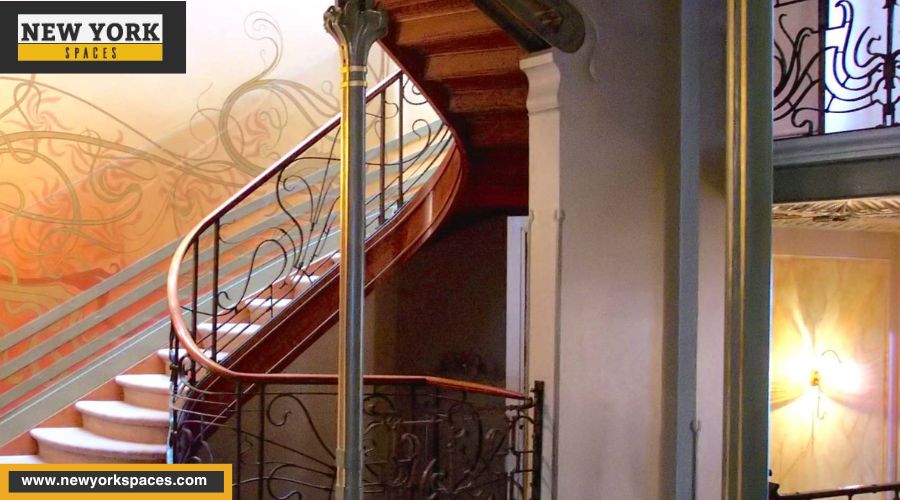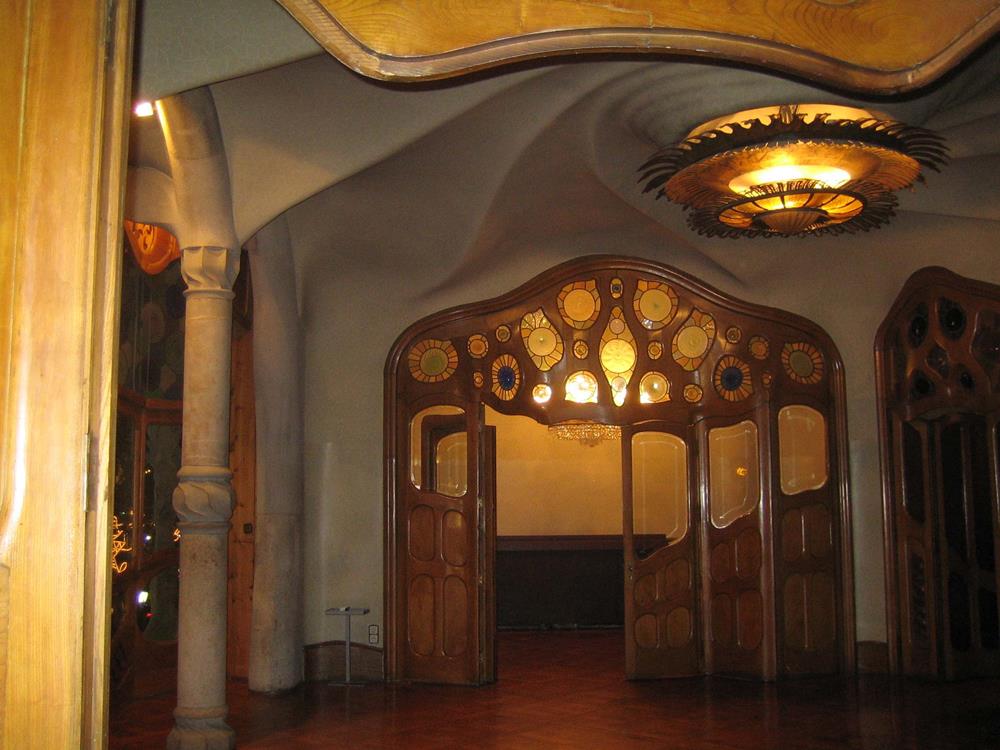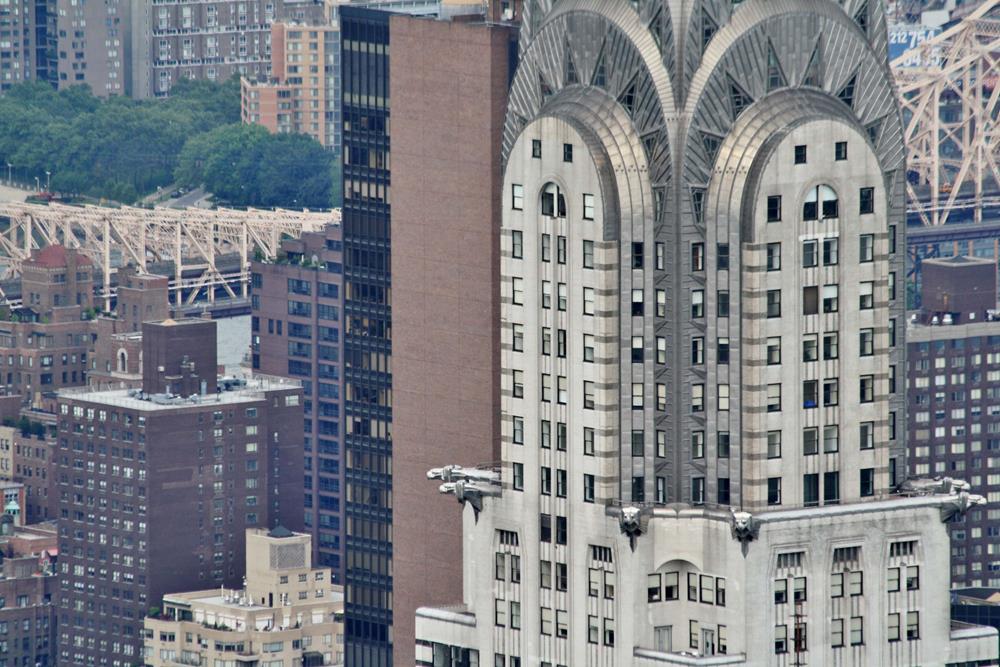Art Deco and Art Nouveau are two of the most captivating styles that have shaped the world of architecture and design. At first glance, their elegant designs and ornamental details might seem similar, but dive deeper, and you’ll find they are worlds apart. This blog post will shed light on these two influential movements, emphasizing their unique characteristics and the significance of distinguishing between them, especially in architecture.
Historical Context
Understanding the historical backdrop of Art Nouveau and Art Deco is crucial to appreciating their distinct features and the shifts in design philosophy they represent.
Art Nouveau
Emergence: Art Nouveau burst onto the scene in the late 19th century, around the 1890s, and flourished until the onset of World War I. This era was marked by rapid industrialization and technological progress, which influenced artists and architects to seek a new aesthetic that broke away from traditional styles.
Characteristics: Art Nouveau is distinguished by its use of organic forms and flowing lines and by incorporating elements from nature. This movement aimed to harmonize art with everyday life, making beauty and function inseparable.
Cultural Influence: The movement responded to the desire for a new style representing the modern age. It was also heavily influenced by Japanese art, which was becoming popular in the West then.
Art Deco
Emergence: Art Deco emerged in the 1920s, following the end of World War I, and reached its peak in the 1930s and early 1940s. This period was characterized by economic prosperity (in the 1920s) and the technological advancements that preceded the Great Depression.
Characteristics: Art Deco is known for its bold geometric patterns, sharp lines, and lavish ornamentation. It embraced modernity and the machine age, incorporating new materials and techniques in architecture and design.
Cultural Influence: The movement reflected the optimism of the time, celebrating progress and the future. Various styles and cultures influenced it, including Egyptian, African, and Mayan art and the streamlined designs of modern machinery and transport.
Socio-Economic and Cultural Factors
Both movements were responses to the prevailing social, economic, and technological changes of their times:
- Art Nouveau emerged as a reaction against the Industrial Revolution’s impact on society, seeking to reintroduce human craftsmanship and the beauty of nature into the increasingly mechanized world.
- Art Deco, on the other hand, embraced the advancements of the machine age, celebrating the possibilities of technology and progress. It symbolized luxury, glamour, and faith in social and technological progress, especially evident in its adoption in cinema and architecture.
Understanding these historical contexts helps to appreciate why each style developed its distinctive characteristics and how they reflected the aspirations and challenges of their respective eras.
Key Characteristics of Art Nouveau Architecture
Art Nouveau architecture is like stepping into a world where every line and curve takes its cue from the natural environment. This style brings the outside in, making buildings feel like living, breathing entities.
Organic Forms and Natural Motifs
- Inspiration from Nature: Art Nouveau architects drew heavily from the natural world, using shapes and patterns in plants, flowers, and animals. This led to buildings that grew and evolved, with facades and interiors flowing seamlessly into one another.
- Flowing Lines: One of the most distinctive features is undulating, sinuous lines that mimic the movement of branches and vines. These lines give Art Nouveau buildings a dynamic, organic feel.
Emphasis on Craftsmanship
- Ornamentation: Art Nouveau buildings are adorned with intricate details, from stained glass windows to elaborate ironwork. Each element is crafted with an eye for beauty and detail, making the architecture a form of visual poetry.
- Innovative Materials: While celebrating traditional craftsmanship, Art Nouveau also embraced new materials and building techniques, integrating them into designs in innovative ways.
Examples of Iconic Art Nouveau Buildings
- Casa Batlló in Barcelona, Spain: Designed by Antoni Gaudí, this building is a testament to Art Nouveau’s love affair with nature, featuring a facade resembling a lake’s surface with water lilies.
- Hotel Tassel in Brussels, Belgium: Victor Horta’s masterpiece showcases the quintessential use of flowing lines and organic forms inside and out.
Key Characteristics of Art Deco Architecture
In contrast to Art Nouveau, Art Deco architecture speaks to an era of industrial progress and geometric precision. It’s a style that mirrors the speed, power, and efficiency of the early 20th century.
Geometric Shapes and Symmetry
- Sharp Lines and Angular Forms: Art Deco buildings are known for their clean lines, geometric shapes, and a strong sense of symmetry. This creates a look that’s both bold and elegant.
- Stylized Patterns: These patterns, often inspired by machinery and technological advancements, are a hallmark of the Art Deco aesthetic, giving buildings a modern, streamlined appearance.
Modernity and Innovation
- New Materials: Art Deco embraced materials like chrome, stainless steel, and glass, using them to create sleek, shiny surfaces that reflected the optimism of the age.
- Technological Influence: The movement’s look was heavily influenced by the era’s fascination with cars, trains, and skyscrapers, leading to designs that symbolized speed and efficiency.
Influence of Ancient Cultures and Technology
- Cultural Motifs: Art Deco also drew inspiration from ancient Egyptian, Aztec, and Mayan art, incorporating these elements into its designs to add an aura of mystery and sophistication.
- Machine Age Inspiration: The aesthetic celebrated the age of the machine, with motifs and designs reflecting the sleekness and power of modern technology.
Examples of Iconic Art Deco Buildings
- Chrysler Building in New York, USA: This skyscraper is perhaps the most famous example of Art Deco architecture, with its gleaming stainless steel crown and ornamental eagles symbolizing American progress.
- Palais de Chaillot in Paris, France: Overlooking the Eiffel Tower, this building showcases the geometric shapes, symmetry, and ornamental details that define Art Deco.
Through these characteristics and examples, we see how Art Nouveau and Art Deco each offer a unique lens through which to view the relationship between architecture, society, and the natural and technological worlds they inhabit.
Here’s a comparison table summarizing the key characteristics of Art Deco and Art Nouveau architecture:
| Characteristic | Art Deco Architecture | Art Nouveau Architecture |
| Inspiration | Modernity, technology, and ancient cultures | Nature, including plants, flowers, and organic forms |
| Shapes and Forms | Geometric shapes, sharp lines, and symmetry | Flowing lines, organic shapes, and natural motifs |
| Design Elements | Stylized patterns, streamlined forms, emphasis on verticality | Detailed ornamentation, emphasis on craftsmanship and materials |
| Materials | New materials like chrome, stainless steel, glass, and concrete | Use of new materials alongside traditional ones, like iron and glass |
| Cultural Influence | Influenced by Egyptian, Aztec, Mayan motifs and the machine age | Influenced by Japanese art and a desire to harmonize art with nature |
| Iconic Features | Zigzag patterns, sunburst motifs, stepped forms | Whiplash curves, floral and fauna motifs, stained glass |
| Technological Influence | Celebrated advancements in technology and industry | Integrated new techniques and materials while valuing craftsmanship |
| Examples | Chrysler Building (New York), Palais de Chaillot (Paris) | Casa Batlló (Barcelona), Hotel Tassel (Brussels) |
This table highlights the main differences between Art Deco and Art Nouveau architecture, showcasing how each movement’s unique approach to design, materials, and inspiration reflected their respective eras’ cultural and technological zeitgeist.
Comparison of Art Nouveau and Art Deco
The transition from Art Nouveau to Art Deco represents a significant shift in architecture and design, moving from the ornate and natural to the streamlined and modern. This section explores the visual and thematic differences between these two styles, how their architectural focus evolved, and what this tells us about their respective times’ changing aspirations and advancements.
Visual and Thematic Differences
- From Organic to Geometric: Art Nouveau is characterized by its organic, flowing lines inspired by the natural world. In contrast, Art Deco boldly turns towards geometric shapes, sharp lines, and symmetry, reflecting a fascination with the industrial and the technological.
- Nature-Inspired vs. Technology-Celebrating: Art Nouveau sought to bring the beauty of nature into daily life through its designs, whereas Art Deco celebrated the era’s technological advancements, drawing inspiration from the machine age and incorporating elements of modernity and innovation.
The Transition in Architectural Focus
- Elaborate Ornamentation to Streamlined Efficiency: Art Nouveau’s focus on detailed ornamentation and craftsmanship gave way to Art Deco’s streamlined efficiency. This shift reflects a broader societal move towards embracing the future, characterized by a preference for sleek, polished surfaces and a less is more approach to decor.
- Integration of New Materials: While both movements embraced new materials and techniques, Art Deco’s use of chrome, stainless steel, and glass symbolized the modern age’s possibilities, unlike Art Nouveau’s more traditional material palette enriched with modernist touches.
Reflections of Respective Era’s Aspirations and Advancements
- Art Nouveau’s Aspirations: The movement mirrored the late 19th and early 20th centuries’ longing for harmony between art and life, emphasizing natural beauty and intricate craftsmanship as antidotes to the industrial era’s mechanization.
- Art Deco’s Advancements: Art Deco reflected the optimism of the 1920s and 1930s, a period of rapid technological progress and social change. It symbolized confidence in progress, celebrating the modern world’s speed, power, and dynamism.
Through these lenses, we see how Art Nouveau and Art Deco differed in their aesthetic approaches and how they represented their times’ cultural, social, and technological zeitgeists. Art Nouveau looked back to the natural world for inspiration, seeking to escape the industrial age’s constraints. In contrast, Art Deco looked forward, embracing the future with open arms and finding beauty in the age of the machine.
This evolution from Art Nouveau to Art Deco highlights a fascinating period of transition in architectural history, where the focus shifted from natural elegance to streamlined modernity, reflecting broader shifts in society’s aspirations and advancements.
Impact on Modern Architecture
The legacies of Art Nouveau and Art Deco have left indelible marks on the evolution of modern architecture. Each movement’s distinct characteristics and philosophies have influenced subsequent design trends and architectural approaches. Below, we explore how these styles have shaped modern architectural landscapes and their continued relevance today.
Legacy of Art Nouveau
- Influence on Later Movements: Art Nouveau’s emphasis on organic forms, intricate details, and the harmonious integration of architecture with its surroundings has significantly influenced the development of Modernism. The movement’s innovative use of materials and structural techniques also paved the way for later architectural innovations.
- Revival of Interest in Craftsmanship: Art Nouveau celebrated the art of craftsmanship at a time when industrialization threatened traditional manufacturing techniques. This movement’s focus on handcrafted beauty and bespoke designs has seen a resurgence in contemporary architecture, with an increasing appreciation for personalized and detailed work.
- Organic Designs: The fluid, natural motifs of Art Nouveau continue to inspire architects and designers seeking to create spaces that blend seamlessly with the natural environment. This legacy is evident in the organic architecture movement, prioritizing harmony between human habitation and the natural world.
Legacy of Art Deco
- Impact on the Development of Skyscrapers: Art Deco’s bold geometric forms and vertical emphasis have profoundly impacted the design of skyscrapers and the modern urban skyline. The movement’s embrace of verticality, streamlined shapes, and modern materials like steel and glass has informed high-rise architecture’s aesthetic and functional aspects.
- Modern Urban Landscapes: Beyond skyscrapers, Art Deco has influenced the broader development of urban landscapes, introducing a style that symbolizes modernity, progress, and the machine age. Many urban centers worldwide boast Art Deco buildings that add character and historical depth to the cityscape.
- Continued Popularity in Film and Media: The visual appeal of Art Deco has ensured its continued popularity in film, television, and other media. Its association with luxury, glamour, and technological optimism makes it a go-to choice for settings that require a distinctive and stylish backdrop, further cementing its influence on modern culture.
Art Nouveau and Art Deco have significantly impacted modern architecture, each in its unique way. Art Nouveau’s focus on natural forms and craftsmanship has inspired a more holistic and organic approach to design. At the same time, Art Deco’s embrace of modernity and technological progress has shaped the development of urban landscapes and high-rise architecture. The legacy of these movements continues to influence contemporary architecture, demonstrating the timeless appeal of their distinctive styles and philosophies.
Conclusion
In exploring Art Nouveau and Art Deco, we’ve journeyed through the origins, key characteristics, and lasting impacts of two transformative architectural movements. From the organic, flowing lines of Art Nouveau that sought to harmonize art with nature to the bold, geometric forms of Art Deco that celebrated the dawn of the modern age, we’ve seen how each style reflects its era’s aspirations and technological advancements. The transition from the intricate and natural to the streamlined and futuristic marks a pivotal shift in architectural focus and continues influencing modern architecture and urban landscapes.
The legacies of these movements—Art Nouveau’s influence on modernism and craftsmanship and Art Deco’s shaping of skyscrapers and popular culture—highlight their enduring relevance. As we reflect on the distinct yet interconnected paths of Art Nouveau and Art Deco, we gain a deeper appreciation for their contributions to the architectural tapestry that surrounds us, a testament to the power of design in encapsulating the spirit of its time.



